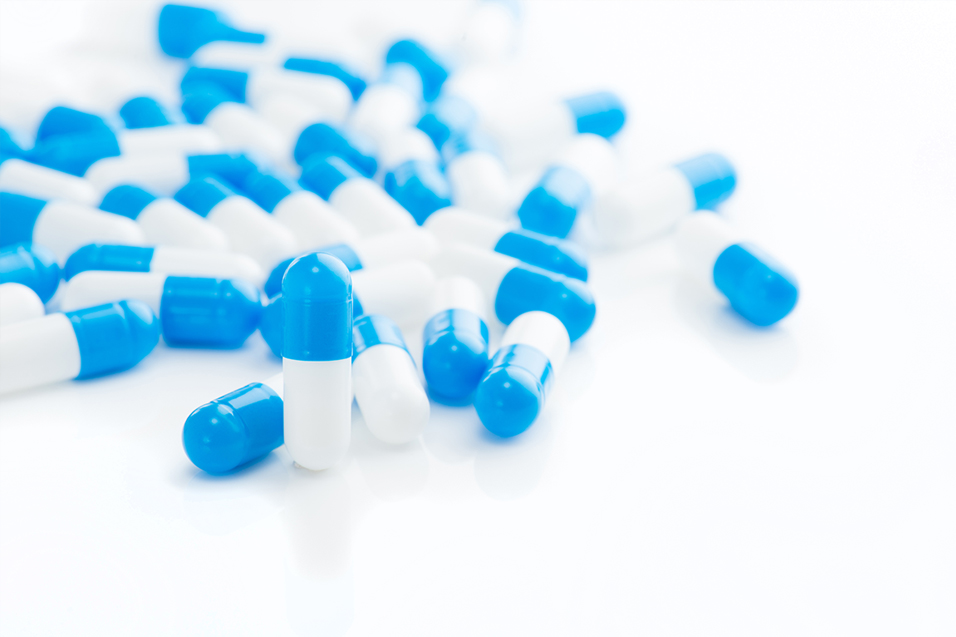Bio-pharmaceutical
Bio-pharmaceutical
The biomedical industry has experienced rapid economic growth and industrial transformation. Economically, it became the third-largest industry in the world after automobile and machinery manufacturing.
Synthetic biology, a new sub-category of biotechnology, can empower the development of the biomedicine industry. With the current development of synthetic biotechnology, global pharmaceutical companies' investment in this promising technology is vastly growing.

Abiochem is committed to using synthetic biology and revolutionary production methods to achieve a green, energy-saving, and efficient drug manufacturing environment. To date, synthetic biology technology has been successfully applied to the manufacturing of cardiovascular, diabetes, antiviral and antiepileptic drugs.


In addition, Abiochem has cooperated with a leading diabetes company to produce a generic version of Sitagliptin. This drug is expected to be the first domestic generic drug manufactured based on "non-hydrolase" biosynthetic methods, opening up a new chapter in biosynthetic pharmaceuticals.
Sitagliptin
As a core active pharmaceutical ingredient (API) for DPP-4 inhibitor class of antidiabetic drugs globally, Sitagliptin is used to treat Type II diabetes. It stimulates insulin secretion, reduces hunger, and carries no risks of weight gain, hypoglycemia, or edema—representing a major breakthrough in diabetes treatment.
As China's first enterprise to produce this API using synthetic biology technology, Abiochem has overcome the patent barriers of originator processes through its self-developed high-performance immobilized transaminase and biosynthetic route. This method features a short production cycle, mild reaction conditions, recyclable immobilized enzymes, and minimized solid/liquid waste discharge, achieving both cost reduction and energy conservation/emission reduction.
Through a joint application by Abiochem and Tonghua Dongbao Pharmaceutical, the API has been approved by the CDE of China's NMPA for use in commercial formulations. Its green, low-carbon bio-based manufacturing process enhances China's competitiveness in the global pharmaceutical market.
Dolutegravir
Dolutegravir is a highly effective, orally administered HIV integrase strand transfer inhibitor (INSTI). Approved by the FDA in August 2013, it is widely used in the treatment of AIDS.
Abiochem has established proprietary in vitro method based on eight core technological platforms to produce the key chiral intermediate of Dolutegravir via biosynthetic methods. This approach enabled the development of a self-owned amino acid lyase characterized by high activity, stereoselectivity, and stability—eliminating the need for chemical resolving agents while optimizing product separation and purification.
Concurrently, the adoption of a green hydrogenation process and the design of a patented post-treatment device have further increased product yield and purity while reducing pollution.





